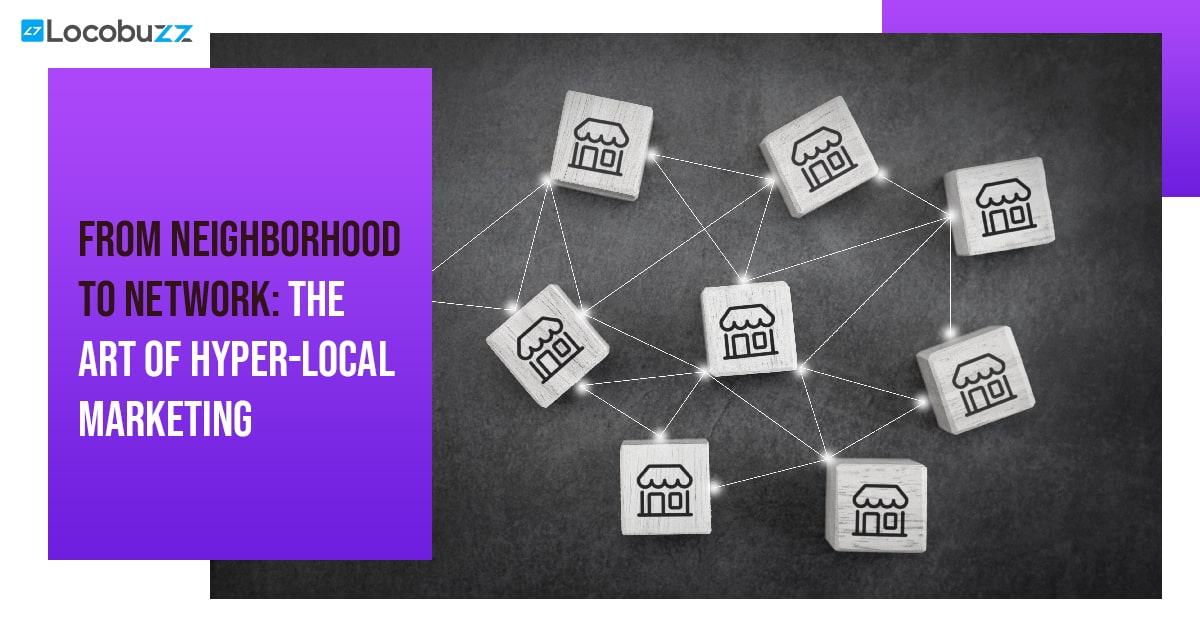Post-Pandemic Experience Economy: Redefining the approach to digital transformation

Life Changes after Coronavirus Pandemic
Almost every piece of writing in the past year feels like it begins with acknowledging the coronavirus pandemic and how it has changed our lives. Businesses, institutions, governments, thought-leaders, and individuals from every walk of life are looking forward to welcoming the “New Normal” – and yet most of the adaptations human society has made to wade through the murky years of 2020 and now 2021 still are shrouded with a hint of uncertainty. Having said so, I must give credit to humankind where it is due: we are truly adaptable in the face of challenges, and with great enthusiasm have we moved up the foreseeable future to align with our current realities. In the year 2021, we are both witnesses and contributors to the evolution of technology, big data, the internet, and its unlimited potential in real-time. From the largest brands right up to micro-influencer, everyone hustles to remain relevant in the “Experience Economy era”. The Harvard Business Review explains the concept of Experience Economy in a nutshell: “A company intentionally uses services as the stage, and goods as props, to engage individual customers in a way that creates a memorable event.”
Take for example Zomato and Swiggy. Both work on the model of ‘delivering’ a cooked meal to our doorsteps by a few easy clicks on our mobiles, therefore making a take-out call an experience worth remembering. The pandemic period had witnessed a huge spike in delivery services, so brands like Zomato and Swiggy devised entire business models to digitize the easy accessibility of these services and make them more available. A post-pandemic individual will “value” their investment in a brand if it can provide quick, personalized and overall ‘good’ experiences to full satisfaction. In fact, Swiggy has also developed an AI model, Sumo Logic, that rates and suggests restaurants unique to each customer’s preference. Zomato has adapted a “three-way hyper-local marketplace”, matching local supply to consumer demand consistently. A user has to place an order and pay on the app, and it is delivered for by the service. This comes with additional perks such as loyalty awards. The delectable mix of modern CX has one last ingredient that makes a brand successfully retain its modern customers and create lasting relationships – and that is being “digital-first”.

Making ‘digital-first the primary business model is critical to remain relevant. As eloquently stated by a McKinsey report, digital channels aid companies in understanding customer needs and expectations and also help them prepare for any future disruptions or changes. Several brands have augmented their digital capabilities by expanding into newer digital avenues that have led to remarkable digital transformations that have eventually strengthened the core business. Since digitization has increased, the scope for direct and simple connections has improved, the report advises that brands focus on creating a fantastic digital/virtual experience that is even better than in-person exchanges – even for those without a particularly strong digital presence. In an example of retail experiences turning into e-tail experiences, (thanks to the pandemic), the 2020 black Friday sales noted that even small independent businesses racked up to 4.8 billion USD in sales through their partnerships with Amazon.com’s Cyber Monday and marked over a 60% hike in profit compared to the year before.

To truly embrace the power of modern customer experience management and its demand for personalized experiences, the value of well-utilized data is very high. That would mean that brands waste no time in equipping themselves with customer experience management platforms that, not only unify data from siloed channels and mediums but also help address changing customer requirements immediately. A robust platform can unify siloed data and process it with deep data analytics – making the investment money well-spent. This helps assess operational and financial risks in the CEM chain and aid organizations develop long-term road-maps that can be executed – effective immediately.
Digital transformation is rapid – which means that not only does technology powered by artificial intelligence and machine learning help manage volumes of data in real-time, it also aids effective, real-time decision-making capabilities of brands round the clock. In a time where customer preferences are quick to change, data – especially if processed via predictive analytics, can help businesses think innovatively on their feet and be prepared for the next wave of disruption. It is also vital to note that CX improvement should be a part of the overall brand culture. To a customer, a brand presenting a unified front is a brand they can trust. Consistency is key when it comes to stable and long-lasting customer retention and experience management.

While we can do our best to stabilize customer-centric processes, we are no longer living in times where we can set a CX business model that will withhold itself for years to come. Monitoring the changing pulse of the market is what Chief Digital Officers are now set to do on a daily. Identifying markers of what works, what doesn’t, with whom, how, and where is the daily duty of a brand if they wish to compete in a highly volatile market space. Utilizing all the resources of technology and the internet can provide us, we must ensure that we keep customers happy, no matter how often they change their minds. After all, to thrive in the Experience Economy, memorable customer experience is what leads to brand affinity.

























